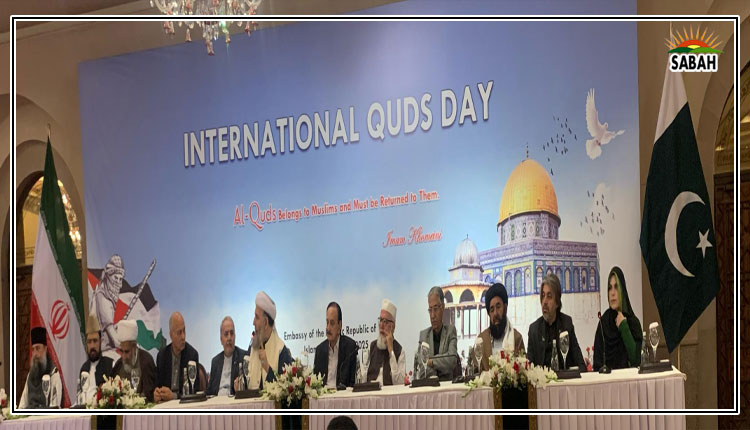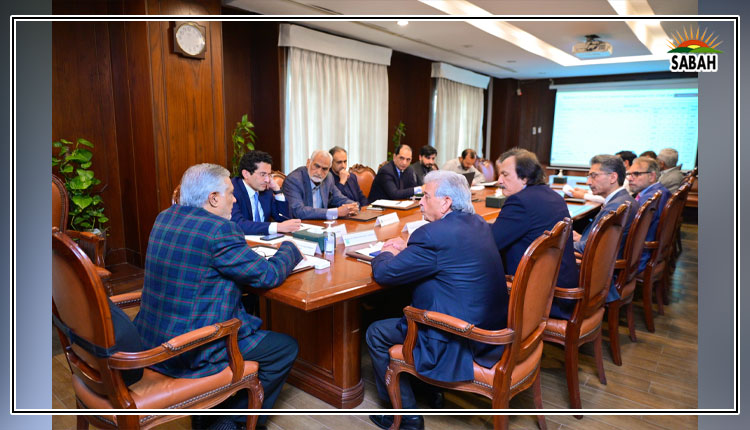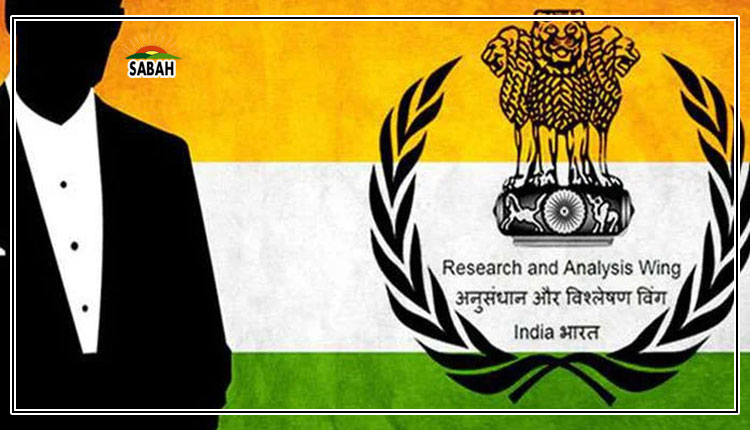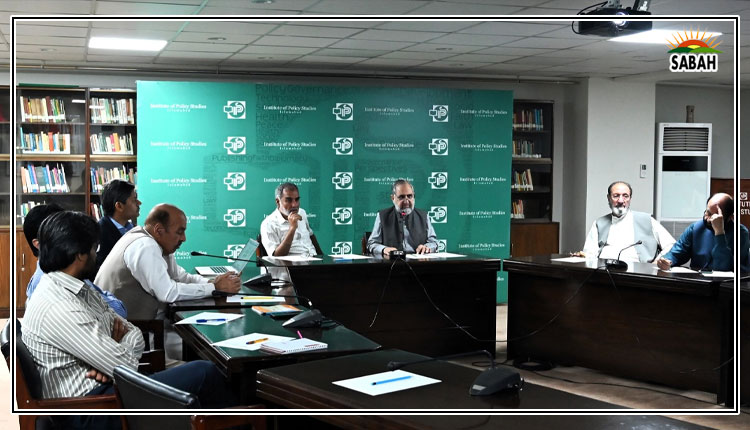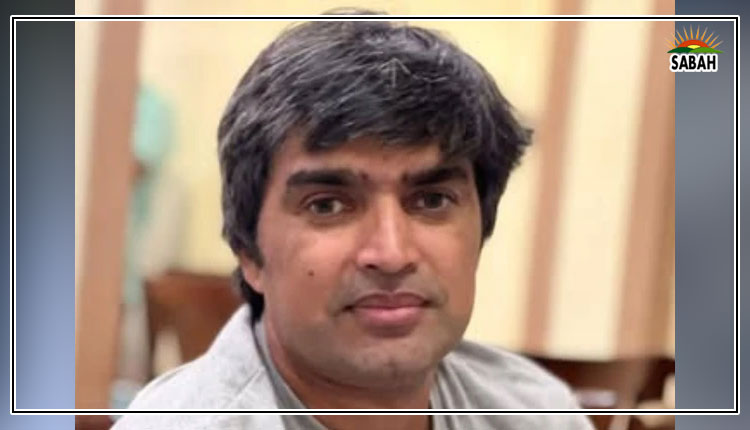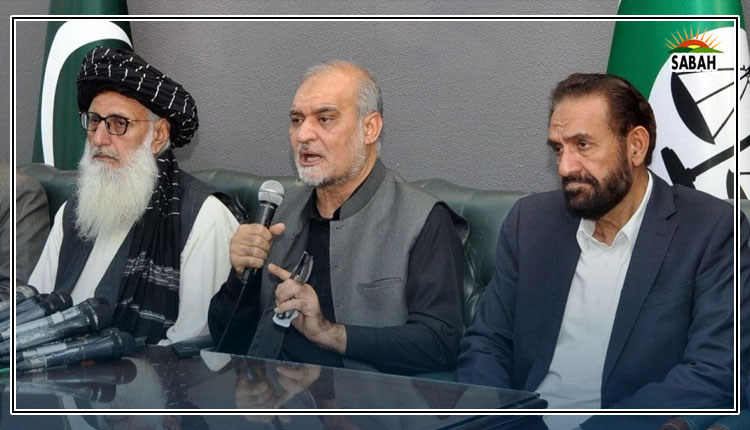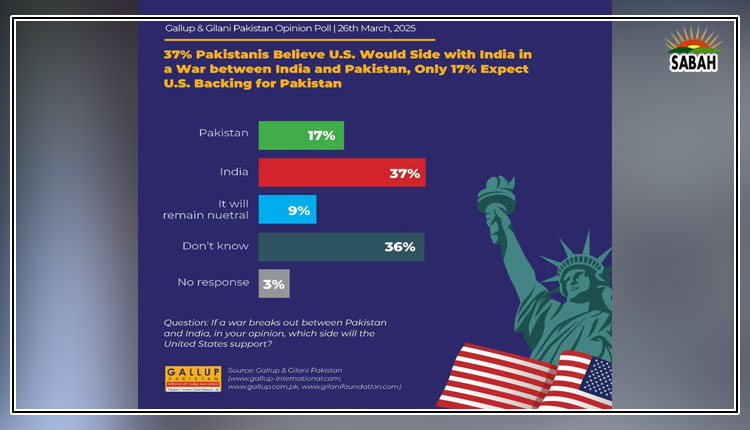India’s facade of neutrality ….Maheen Shafeeq
Suspicions are mounting among India’s close friends, since it seems it has been smartly manipulating both the US and Russia. India maintains a ‘Special and Privileged Strategic Partnership’ with Russia, which provides 60 per cent of India’s defence equipment and spare parts.
The US has recently courted India to counter the growing Chinese influence. Under the framework of ‘US-India Comprehensive Global and Strategic Partnership’ and ‘US-India Major Defense Partnership’, the US has provided India with advanced strategic technology including AI, space, maritime and quantum computing, among others.
Russia and the US have sought to influence India to pick a camp, while India has continued to resist and presented a posture of neutrality. Nevertheless, the so-called neutrality is the strategic zone where India does not resist bagging the benefits. This backfired, resulting in increased scepticism over India’s foreign policy approaches.
Narendra Modi visited the US between September 21 and 23, 2024, to attend the rescheduled Quad Leaders’ Summit. As acknowledged by the press release of the Indian Ministry of External Affairs, the summit was originally set to be hosted by India. It was scheduled for earlier this year in New Delhi alongside India’s Republic Day Parade of January 2024, for which President Joe Biden was invited as the chief guest. However, despite the US’s commitment to the Quad and its mission, President Biden postponed the Quad Summit and declined India’s invitation.
While India remains a privileged partner in Washington, the postponement also comes against the backdrop of frustration on India over a thwarted assassination plot against a Sikh activist on US soil. Prior to this incident, India had already experienced tensions with Canada, a strong American ally. Canadian Prime Minister Justin Trudeau had also alleged the involvement of Indian government agents in the killing of Sikh activists in Canada. A similar pattern of killing was also disclosed by Pakistan.
Although the Quad is more strategically aligned than ever before, India’s fraudulent acts of violating the sovereignty of its close partner, especially when the US laid the red carpet in honour of PM Modi during his state visit to the US last year in June, discloses India’s priorities in the relationship. These strategies raise concerns regarding its reliability as a partner and also make it a weak link in the Quad.
Ahead of the Biden-Modi meeting, US officials also met with Sikh activists, who are on India’s kill list, to discuss the matters further. Additionally, American courts have not stopped chasing the issue as they summoned Indian National Security Advisor Ajit Doval – who is also a former RAW chief – over the alleged plot to kill. This illustrates that, while the US-India partnership continues, it is marked by India’s conflicting priorities.
India’s partnership with the US is not the sole target of scrutiny; similar patterns are evident in India’s longstanding relationship with Russia. India has fought tooth and nail to adhere to neutrality since the Russia-Ukraine conflict started two and a half years ago. India firmly dismissed the Western diplomatic flurry while simultaneously protecting its ties with Moscow. During this time, the country continued to support the war by buying Russian oil and reselling it to Europe. This indicates that profit motives took precedence for India over its proclaimed posture of neutrality.
The facade of neutrality is used as a cover, which is more evident now since India has not ceased redirecting artillery shells to Ukraine even after Russia’s protest.
A recent report by Reuters, based on information from Indian and European government officials and commercially available customs data, disclosed that three major Indian ammunition makers – Yantra, Munitions India and Kalyani Strategic Systems – have been channelling artillery shells to Ukraine for usage against Russia. The report named Italy, the Czech Republic, Spain and Slovenia as countries facilitating the redirecting of Indian munition into Ukraine.
Commercially available customs records showed that two years before February 2022, these defence exporters generated only $2.8 million in munitions components. However, the profits swelled to $135.25 million between February 2022 and July 2024 – a staggering increase of 4700 per cent in profits.
Although India has rejected the report as ‘speculative and misleading’, Russia took the matter up with grave concern and raised the issue during a meeting between Russian and Indian foreign ministers. India has long been one of the largest importers of defence equipment, and now it aspires to be among exporters to match the global status it is targeting. To achieve this objective, India will go to any lengths.
Given this trajectory, it is prudent for partners to exercise caution as Indian foreign policy increasingly fails to align with its stated commitments and projected priorities. What’s concerning for partners is that India is willing to exploit opportunities even at the expense of its close partners and friends. This gravely damages the trustworthiness of India, and warrants careful examination of future partnerships with India.
Countries must tread carefully due to the high stakes involved in India’s compromised foreign policy posture.
The writer is a research analyst in emerging technologies and
international security. She tweets/posts @MaheenShafeeq
Courtesy The News


